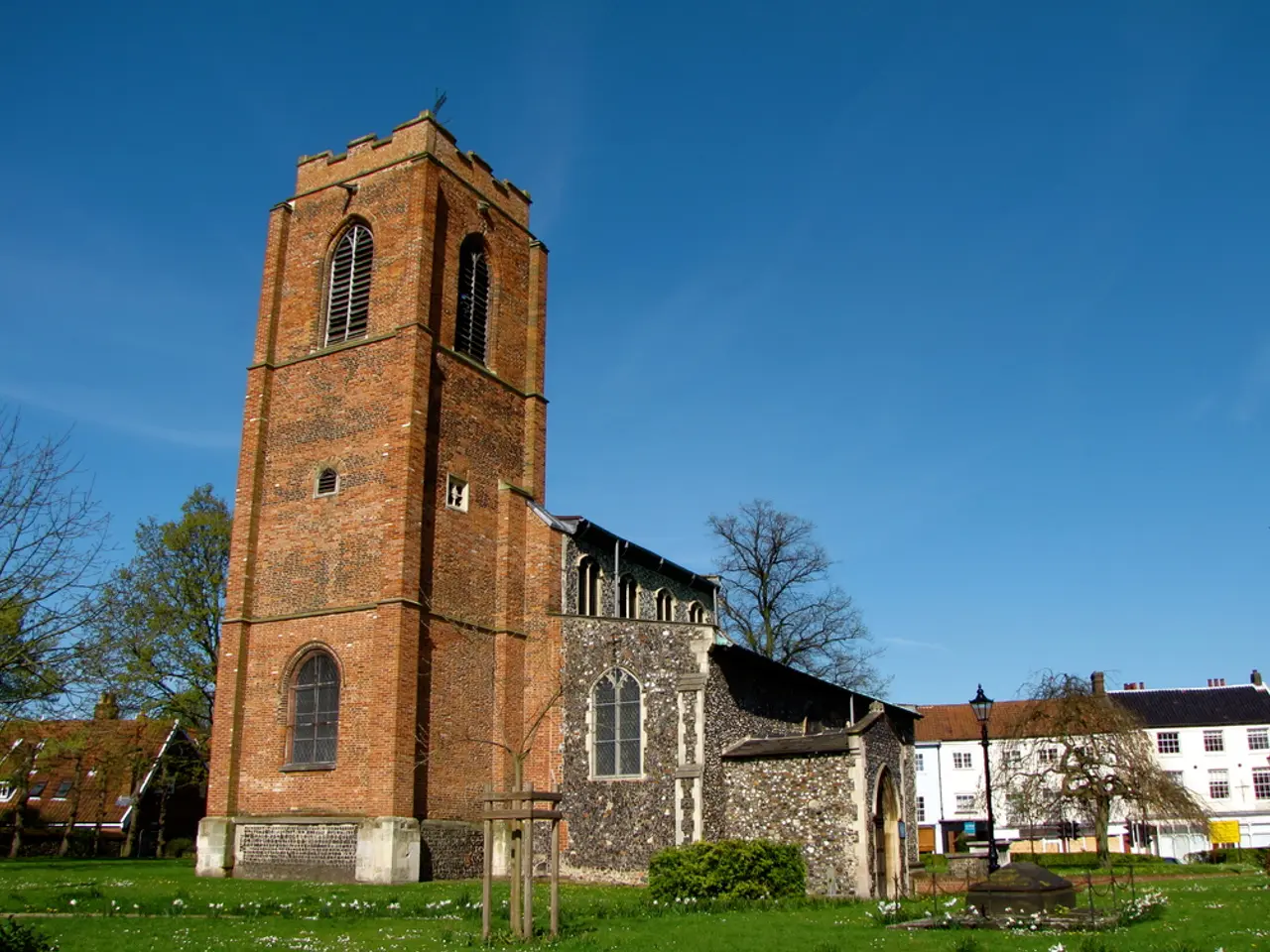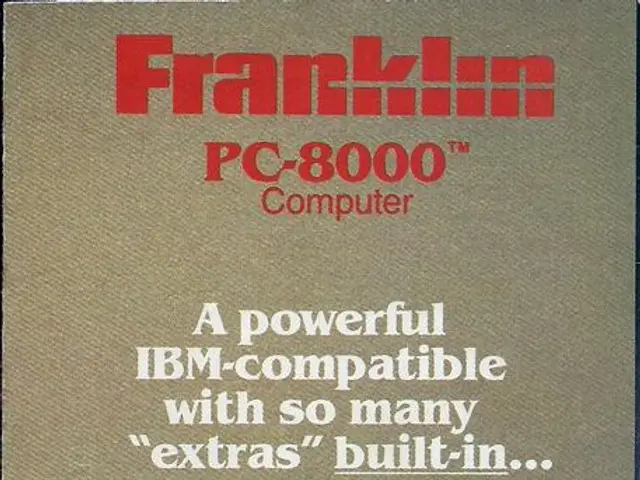Garden Renovation Decision: Should You Opt for Decking or Paving for Your Upcoming Outdoor Venture?
In the ongoing debate between decking and paving, homeowners often find themselves torn between aesthetics, cost, durability, and maintenance. Here, we delve into the key pros and cons of each, based on insights from decking expert, Mark Irving of Build & Plumb.
When it comes to budget, decking costs vary significantly. Rubber paver tiles, for instance, cost around $3–$7 per square foot, while aluminum decking ranges from $15–$20 per square foot. Total build costs can be anywhere between $4,300 and $12,600, depending on materials and labor. On the other hand, paving with brick or concrete typically costs $10–$20 per square foot, with brick having a higher upfront cost but adding more to home value.
In terms of durability, both decking and paving have their strengths. Durable materials like rubber paver tiles resist cracking and weather well but may fade or get hot in the sun. Some timber decks need sealing and can warp or crack over time. Paving, however, is far more durable, with an average lifespan of up to 30 years compared to decking's 15 years. Brick pavers last about 25 years and are stain and fade-resistant, but they can flake and deteriorate with weather and wear. Porcelain pavers offer lasting beauty and slip resistance with minimal maintenance.
Maintenance is another critical factor. Timber decks require regular sweeping, washing, sealing, and monitoring for damage; composite decks also need cleaning to prevent slipperiness. Rubber tiles are low maintenance and easy to clean. Patios generally require less maintenance than decking, with brick needing occasional sealing, but both brick and porcelain pavers require less upkeep and are easier to keep clean.
Installation is a crucial aspect to consider. Decking installation is generally easier and less costly than some high-end wood types, but it can vary by material. Rubber tiles and aluminum deck boards are simpler to install compared to wood. Brick and concrete paving, however, are labor-intensive to install due to base preparation and laying patterns. Porcelain pavers require skilled installation to ensure proper drainage and slip resistance.
Additional considerations include the aesthetic appeal, comfort, and load-bearing capacity. Decking offers a warmer, natural aesthetic and can be more comfortable underfoot, especially rubber tiles which soften shock. However, timber decking may expand/contract with temperature changes and can be slippery when wet or icy. Paving is better for durability under heavy loads, with many design options in materials and patterns. Brick is eco-friendly, recyclable, and adds curb appeal, increasing home value more than concrete. Porcelain pavers enhance safety with their slip resistance, ideal for pool decks.
In summary, decking is generally more versatile and comfortable but tends to need more maintenance and careful material choice affects longevity and cost. Rubber paver tiles offer a low-maintenance, affordable alternative to traditional wood decking. Paving tends to be more durable and lower maintenance long term, with higher upfront labor costs but better resale value, especially with brick. Porcelain pavers are a premium, safe, and low-maintenance choice for outdoor spaces like pool decks.
The choice between decking and paving depends on your budget, desired look, maintenance willingness, and how you intend to use the space. Some homeowners combine both to leverage the strengths of each in different parts of their garden or yard.
In the end, the decision between decking and paving boils down to personal preference and practicality. For those seeking a quicker, more affordable, and low-maintenance solution, decking might be the way to go. For those prioritising durability, longevity, and aesthetic appeal, paving could be the ideal choice. Whichever you choose, ensure you make an informed decision based on your unique needs and circumstances.
- Decking costs vary significantly, with rubber paver tiles costing around $3–$7 per square foot and aluminum decking ranging from $15–$20 per square foot, while paving with brick or concrete typically costs $10–$20 per square foot.
- In terms of durability, while durable materials like rubber paver tiles resist cracking and weather well, paving's average lifespan is up to 30 years compared to decking's 15 years. Brick pavers last about 25 years and are stain and fade-resistant.
- Maintenance is another crucial factor; timber decks require regular sweeping, washing, sealing, and monitoring for damage, while patios generally require less maintenance. Rubber tiles and brick pavers require less upkeep and are easier to keep clean.
- Porcelain pavers offer lasting beauty and slip resistance with minimal maintenance, making them an ideal choice for outdoor spaces like pool decks.
- Installation is a crucial aspect; while decking installation is generally easier and less costly, brick and concrete paving are labor-intensive to install due to base preparation and laying patterns.
- The choice between decking and paving depends on your budget, desired look, maintenance willingness, and how you intend to use the space. Some homeowners combine both to leverage the strengths of each in different parts of their garden or yard.








